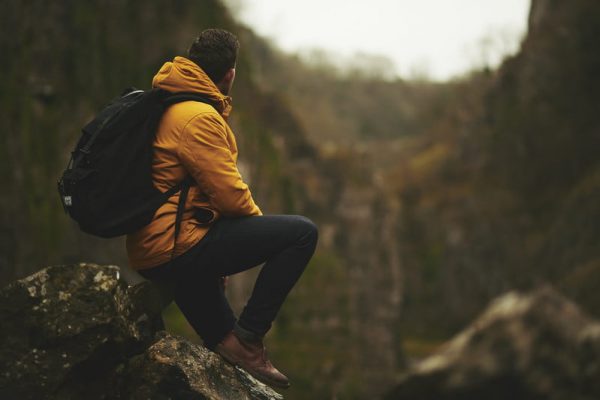Travel Gear
Man and Nature: 3 Essential Skills Every Outdoorsman Needs to Learn
The days of the caveman might be long gone, but his ancestors are alive and well today, though much less burly and robust.
Today, we have a large population of outdoor enthusiasts. These are the hunters, fishermen, backpackers, hikers, kayakers, and naturalists among us. Some live to teach others survival skills, while some simply prefer to relax in the natural world. Regardless, every outdoorsman should have an intimate knowledge of his immediate natural environment, along with several universal skills.

No matter if you’re male or female, being an outdoorsman is a title anyone can claim. But, not only do you have to have a love for the natural world, you have to possess certain skills in order to claim the title as well.
Here, we’ll break down a few essential skills every outdoorsman should learn. These not only enhance your knowledge of the world around you, some of them could be vital for survival.
Fishing a Jig
Jig fishing is one of the more popular and effective methods of fishing across North America. The main reason for this is that though North America is home to numerous rivers, lakes and streams, not many of these hold clear water. In fact, most of the areas where fish hide out are usually in murky water and under dense cover.
Jig fishing enables you to fish through dense cover and rip through the water while imitating the type of prey that fish normally go after such as crawfish, panfish and gobies.
Jig fishing is also a great method for catching Bass, one of the more prevalent species of fish in North America, and also one of the more fun species to try and catch.
Bass are fast and love to chase their prey, and learning the art of jig fishing is also applicable to numerous other species of fish, making it an essential skill that all outdoorsmen should learn.
Starting a Fire
Fire has enabled man to do many things. Not only does fire offer you protection from wildlife at night, it enables you to see in the dark, cook food, and warm yourself in cold environments.
Studies have shown that being able to successfully build a fire in the wild, using nothing but natural elements, creates a sense of comfort and can boost your morale if you find yourself lost in the wilderness for an extended period of time.
Most outdoorsmen will bring along a firestarter of some sort if going deep into the wilderness just as a precaution.
Where some prefer a lighter or matches, others might use the more primitive method of a flint and striker. But, in order to be self-sufficient in the wilderness without any manmade supplies, you’ll want to learn how to start a fire using tools that you can find in the environment.
This process requires finding dry tinder or fuel; This is the soft, tuft-like material that you can find in the form of pine needles, dry leaves or dry grasses. You must then create a spark to produce an ember to place on the tinder. This is often done through friction, or by striking rocks together over the tinder. Once you have your ember, you must fan the flame and allow it to consume the fuel, thus creating the fire.

Land Navigation
One of the more critical elements of being an outdoorsman is being able to navigate wild terrain. If you find yourself without a compass or map, you’ll have to navigate the old-fashioned way.
This natural process of land navigation can include following the path of the sun in order to find your direction, using the stars to guide you, or by following the course of a river, which will ultimately lead you to civilization.
All in all, it’s best to become well-versed in all natural land navigation methods just in case you’re unable to use the sun or stars under heavy cloud cover. Keep in mind that there are several ways to tell direction beyond those mentioned here in order to navigate over any terrain.
